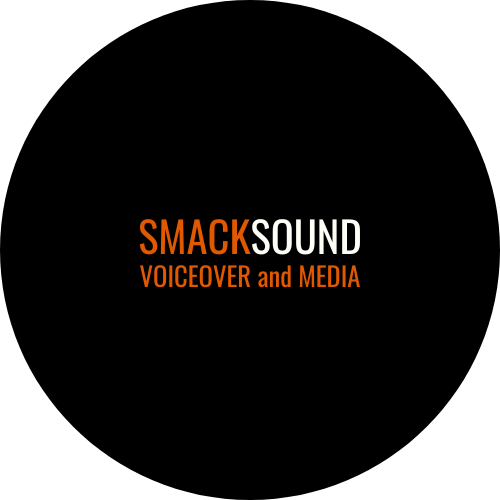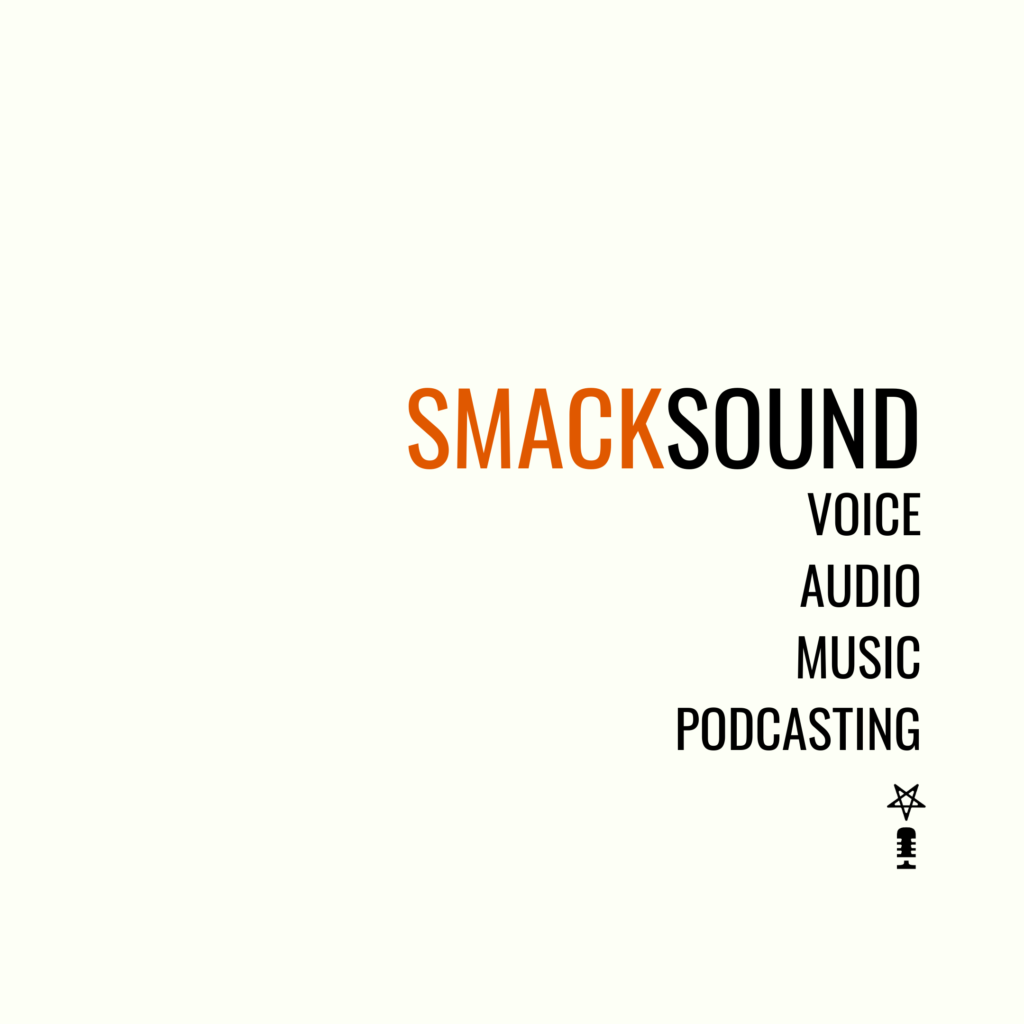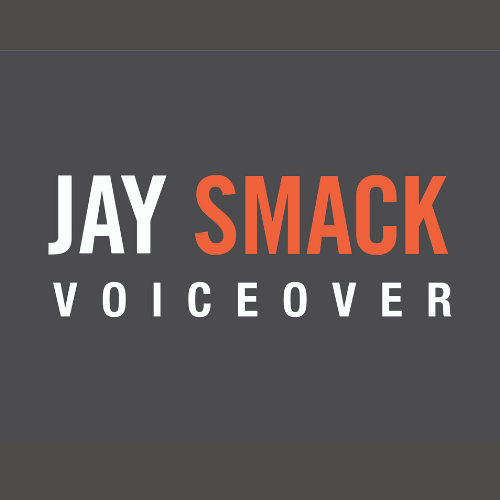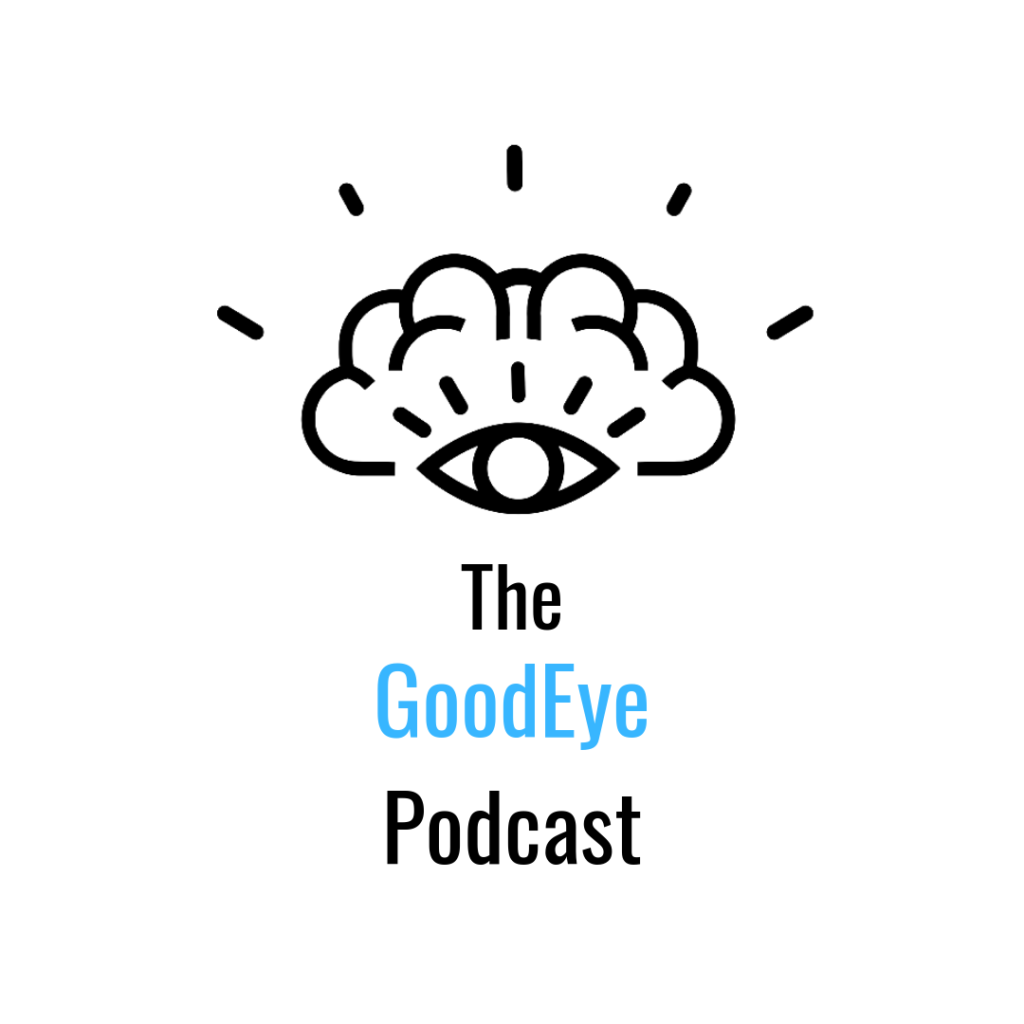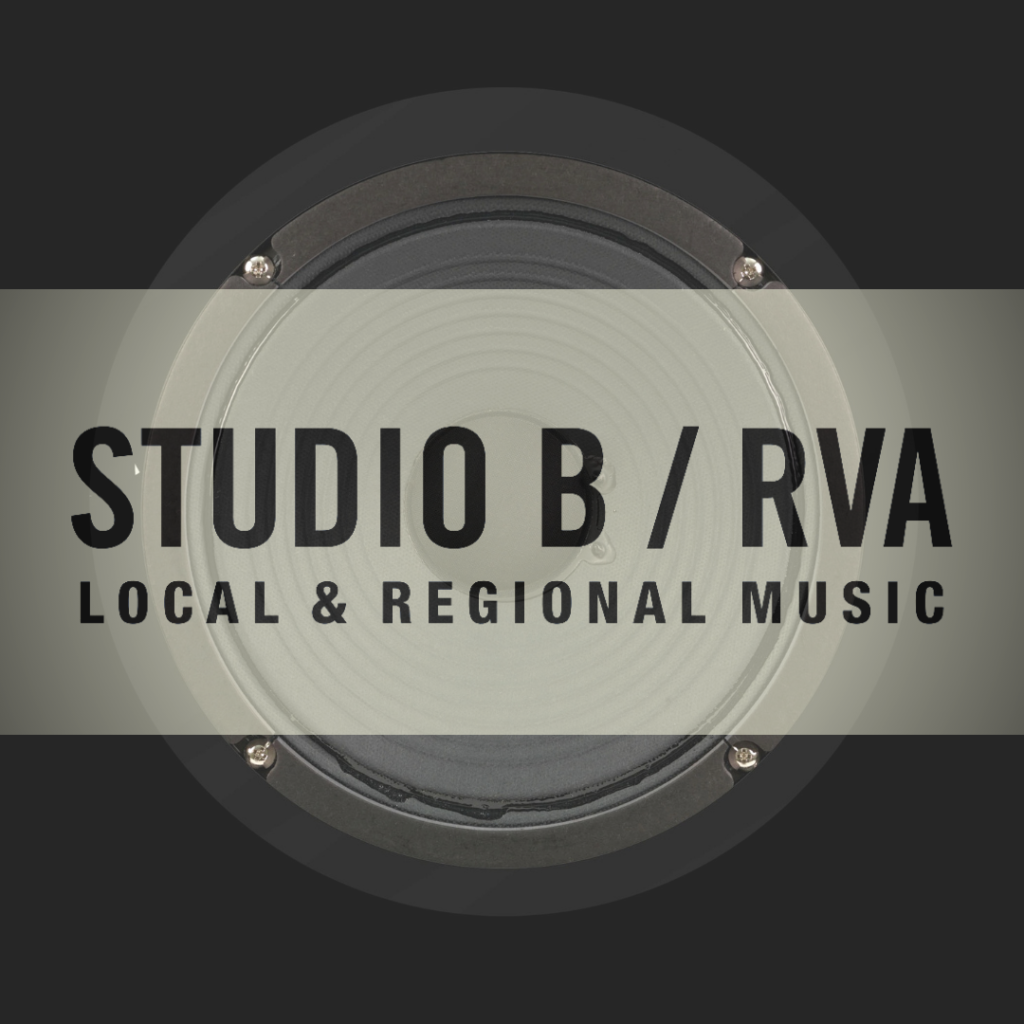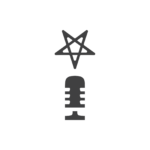- Background – beginnings
- Data/Statistics* (details below)
- Google – getting into the podcast game
- I Wanna Do A Podcast – purpose, audience, etc.** (details below)
- Gear/Equipment*** (details below)
- Hosting – where will my podcast live?
- Legal – know your rights
- Optimize For Apple – cover art
- Promotion – social media
- Monetize your podcast – how, and what’s it take?
- Let someone else handle the details
You can listen to the full talk from October 11, 2018 here:
Some notes from the presentation:
*PODCASTING DATA/STATISTICS
1. 64% of Americans have heard of podcasts. More Americans know what a podcast is than know who the Vice President is.
2. 44% of Americans have ever listened to a podcast – that’s 124 million people overall and up 12 million people over last year. That means 12 million people listened to a podcast for the first time in the last year.
3. 26% of Americans listen to podcasts monthly – up 24% in the last year and represents 73 million people. For context, 21 percent of Americans are Catholic.
4. Approximately 33% of Americans ages 25 to 54 listen to podcasts monthly. – That’s slightly more than Americans 12-24 and a lot more than Americans over 54, but there’s a lot of growth occurring in the older segment.
5. Podcasting among American women rose 14% in one year. – Listenership among males stayed flat. The growth in podcasts in America is coming from females.
6. In 2018 6 million more Americans listen to podcasts weekly versus 2017. – That’s 48 million people who listen to podcasts weekly. In comparison, approximately 20 million people watch Sunday Night Football.
7. Podcast listeners listen to 40% more shows than last year. – Among people who do listen, they increased listening by 40%. In 2017 the average listener listened to about 5 podcasts a week. In 2018 it increased to 7 shows. This is not good news for mainstream media.
8. Listeners have become less loyal on a per-episode basis. – In 2017 85% of listeners said they listened to “all or most” of each downloaded episode. In 2018 that went down to about 80%. This makes sense given that they are listening to more shows. So they’re downloading more episodes but listening to less of each episode.
9. 23% of Americans have listened to podcasts in the car. – This went from 19% to 23% of Americans in one year. This number is helped by the number of vehicles that now have streaming audio and podcasting integration included.
10. 49% of podcasts are listened to at home. – This is surprising given that the popular conception is that most people listen to podcasts in their car or while walking or at the gym.
11. This one is surprising: 18% of Americans now own smart speakers. – The popularity of smart speakers like Alexa and Google Home is rising faster than smartphones were a few years ago. The percentage of Americans own at least one jumped from 7 to 18 percent – that’s a 157% growth rate. This is likely a big factor in the high rate of listening at home. These devices can play your favorite podcasts with a simple verbal request. AND, they are single-handedly causing the evolution of podcast “micro-episodes”. Some podcasts offer short, 5-10 minute episodes created to serve the smart speaker listener.
12. 33% of smart speaker owners have more than one device. – Users report that once they get a feel for the number of potential uses, they buy more. And “mini” units are inexpensive.
13. 69% of podcasts are listened to on a mobile device. – The consumption of podcasts continues to move toward mobility.
**QUESTIONS TO ASK YOURSELF
- Purpose?
- Audience?
- Why should they listen to you?
- Name?
- Length?
- How often?
- Format?
***PODCASTING “STARTER KIT” EQUIPMENT FOR THE DO-IT-YOURSELFER
Microphones
Condensor or dynamic?
Condensor:
-More sensitive, higher dynamic range, diaphragm mounted to a plate, require phantom power from mixer.
Dynamic:
Less sensitive, diaphragm attached to a wire coil, no external power required, less dynamic range (more resistant to feedback)
Microphone polar patterns
Cardioid – right in front of you
Omnidirectional – picks up sound evenly from around the room
Bidirectional – figure eight pattern (front and behind), good for 2 speakers
Mics
Basic:
1. Headset: Sennheiser PC8 – $60
2. USB/XLR: Samson Q2U – $60
Better:
1. USB: Blue Yeti – $110
2. USB: Rhode Podcaster – $230
Better still: (require mixer or interface)
1. XLR: MXL 990 – $80
2. XLR: Shure SM7b (broadcast standard mic) – $450
3. XLR: EV RE20 (broadcast standard mic) – $450
Anything better than these is the stuff of professional recording studios.
Recorders (not using a computer)
1. Zoom H1N (budget, includes internal mic) – $100
2. Zoom H2N (better, doubles as USB mic) – $175
3. Zoom H6 (better still, internal mic AND inputs for 4 add’l mics, also doubles as a computer interface) – $375
Mixers
-Pros:
Connect microphone and add phantom power if necessary.
Better sound quality
-Cons:
More complex
Cost
Mixers
1. Yamaha MG10 (4 channels mono with mic preamps, 3 channels stereo) – $160
2. Mackie ProFX8 (4 channels mono with mic preamps, more stereo inputs, includes effects) – $200
You can go crazy with mixers depending on your ambition and budget
Audio interface
Get sound into the computer
Often have preamps built-in
Improved sound quality (ver usb microphone)
Interfaces:
1. Focusrite Scarlett 2i2 USB – 2 inputs – $130
2. Presonus Studio 1810 USB – 4 channels, expandable – $400
3. Focusrite Clarett 8Pre – 8 inputs, expandable – $1000
Audio Production Software
Also called a DAW (Digital Audio Workstation) this is where you will record, edit and mix your podcast. There are several popular DAWs that are commonly used by podcasters.
Probably the 2 most popular DAWs used by podcasters are:
1. Audacity – free
2. Adobe Audition – a broadcast-standard DAW with pro-level features – $400
Others include:
1. Hindenburg – made for broadcasters
2. GarageBand – free – Apple
Podcasters with some audio engineering experience often prefer DAWs commonly seen in professional recording studios. A few of these are:
1. Pro Tools
2. Cubase
3. Logic Pro
4. Reaper
These can all be very expensive and purchased outright for a few hundred to over a thousand dollars or by subscription plan.
